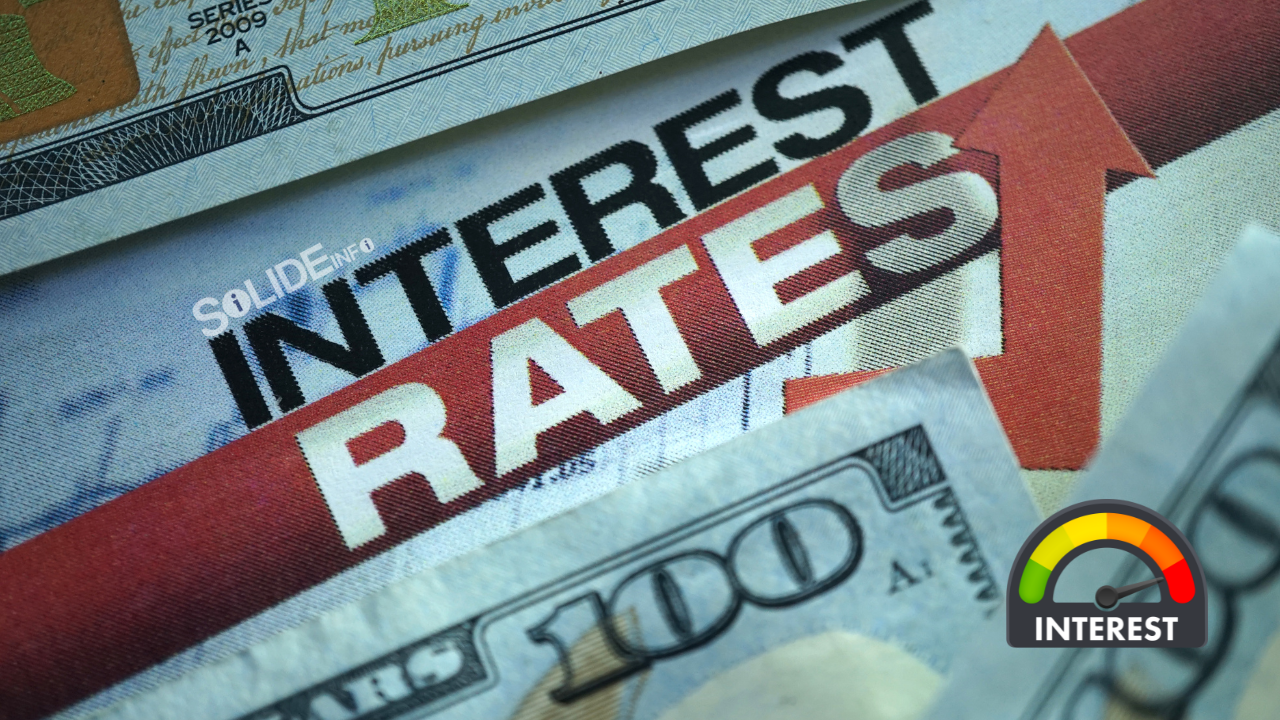Interest rates might sound like a dry, technical topic, but they’re one of the most powerful tools shaping our everyday lives. From the cost of your mortgage to the price of groceries, interest rates quietly influence nearly every aspect of the economy. But how do they work, and why do they matter so much? In this article, we’ll break down the role of interest rates in simple terms, exploring their impact on businesses, inflation, and even your wallet.
What Are Interest Rates?
At its core, an interest rate is the cost of borrowing money. When you take out a loan or use a credit card, the interest rate determines how much extra you’ll pay back on top of the original amount. On the flip side, if you’re saving money in a bank account, the interest rate is what the bank pays you for keeping your money with them.
Central banks, like the Federal Reserve in the U.S. or the European Central Bank, set benchmark interest rates that influence the entire economy. When they raise or lower these rates, it creates a ripple effect that touches everything from business investments to the price of your morning coffee.
How Interest Rates Affect Businesses
For businesses, interest rates are a double-edged sword. On one hand, low interest rates make borrowing cheaper, which can encourage companies to invest in growth. For example, a manufacturer might take out a loan to buy new machinery, or a tech startup might fund research and development. This kind of spending can boost economic growth and create jobs.
On the other hand, high interest rates can make borrowing more expensive, which can slow down business activity. If a company has to pay more to finance its operations, it might delay expansion plans or cut back on hiring. This can have a knock-on effect, reducing consumer spending and slowing economic growth.
Interest Rates and Inflation: A Delicate Balance

One of the main reasons central banks adjust interest rates is to control inflation—the rate at which prices for goods and services rise. When inflation is too high, it erodes purchasing power, making everything from groceries to gas more expensive. To combat this, central banks may raise interest rates, making borrowing more expensive and reducing the amount of money circulating in the economy. This can help cool down inflation by slowing spending and investment.
Conversely, when inflation is too low—or when the economy is in a recession—central banks may lower interest rates to stimulate growth. Cheaper borrowing costs encourage businesses and consumers to spend more, which can help revive economic activity.
However, this balancing act isn’t always straightforward. If interest rates are too high for too long, it can stifle economic growth and lead to job losses. If they’re too low, it can fuel excessive borrowing and create asset bubbles, like the housing market crash of 2008.
The Ripple Effect on Banks and Consumers
Banks play a key role in the interest rate ecosystem. They earn money by charging higher interest rates on loans than they pay on deposits. When central banks raise interest rates, banks often see their profit margins increase—at least in the short term. However, if rates rise too much, it can reduce demand for loans, as borrowing becomes more expensive for consumers and businesses.
For consumers, interest rates directly impact everything from mortgages to credit card payments. When rates are low, it’s cheaper to buy a home or finance a car. But when rates rise, these costs go up, leaving less money in people’s pockets for other expenses.
The Bigger Picture: Interest Rates and Economic Stability
Interest rates are more than just a number—they’re a tool for maintaining economic stability. By adjusting rates, central banks aim to balance growth, inflation, and employment. But this isn’t an exact science. Global events, like pandemics or geopolitical conflicts, can complicate the picture, forcing central banks to adapt their strategies.
For investors, understanding interest rates is crucial. Rising rates can make bonds more attractive, while falling rates can boost stock markets. For everyday consumers, keeping an eye on interest rate trends can help with financial planning, whether you’re saving for retirement or considering a big purchase.
Interest rates may seem like a distant concept, but their effects are deeply personal. They shape the cost of living, the health of the economy, and the opportunities available to businesses and individuals alike. By understanding how they work, you can make more informed decisions and better navigate the financial landscape.
This article is for informational purposes only and should not be considered professional advice.



